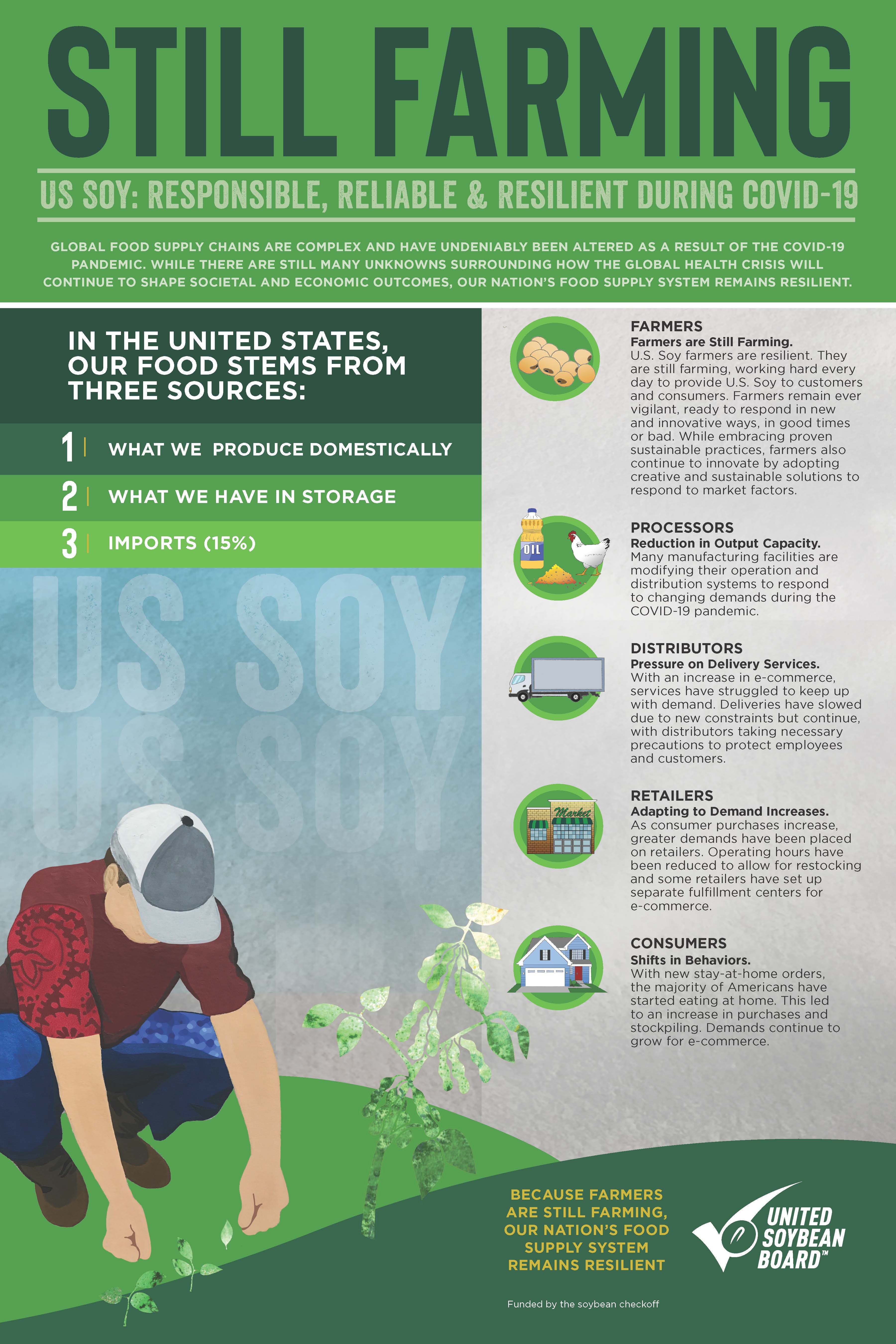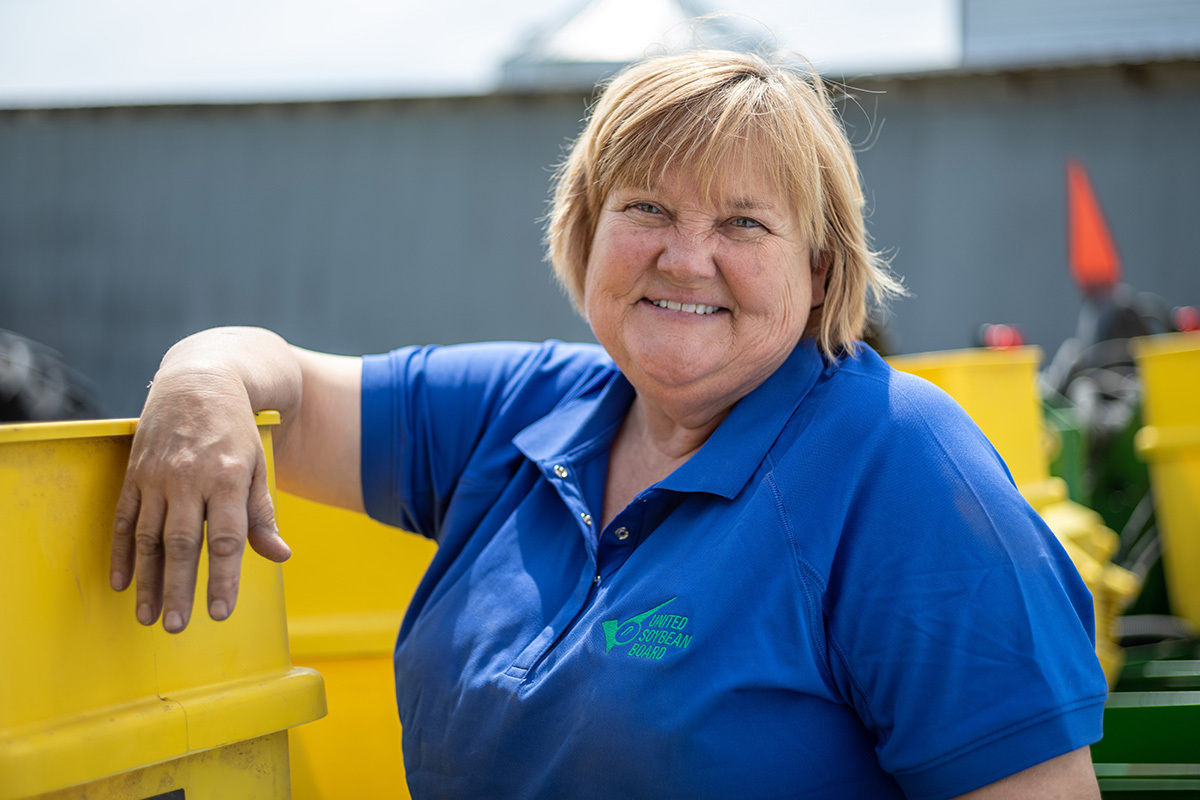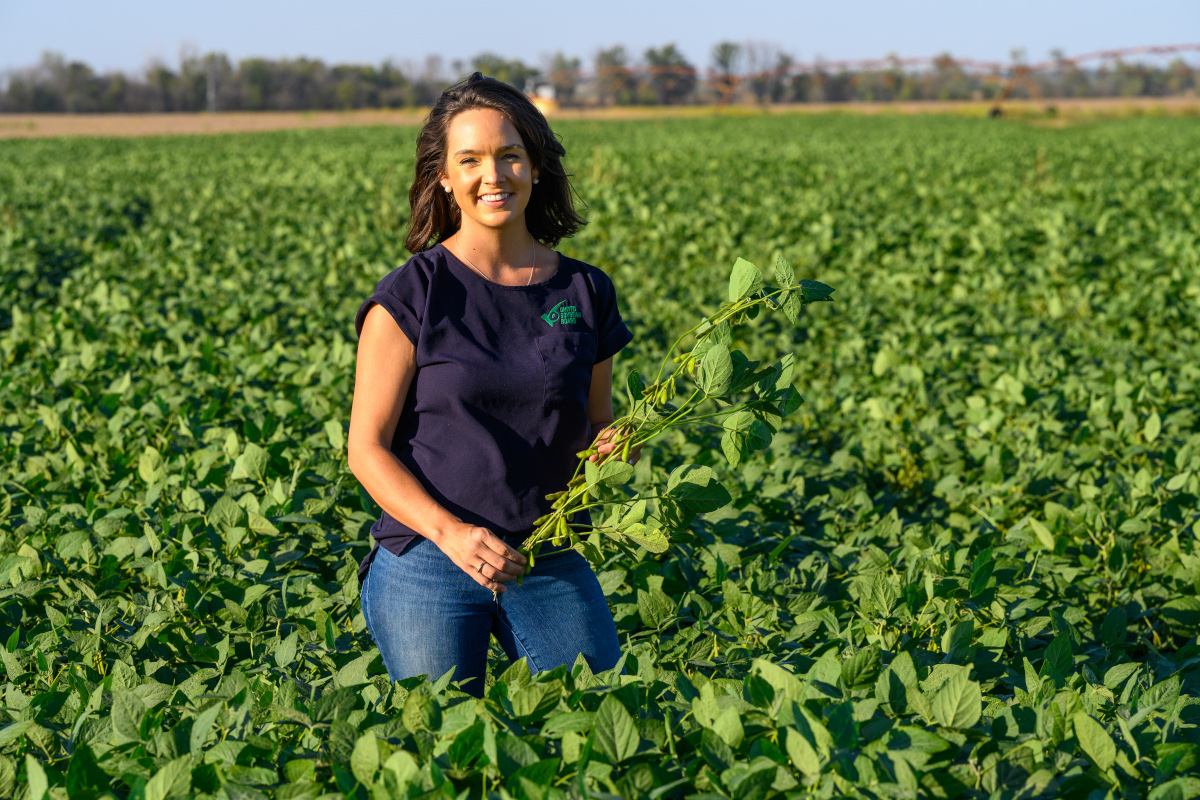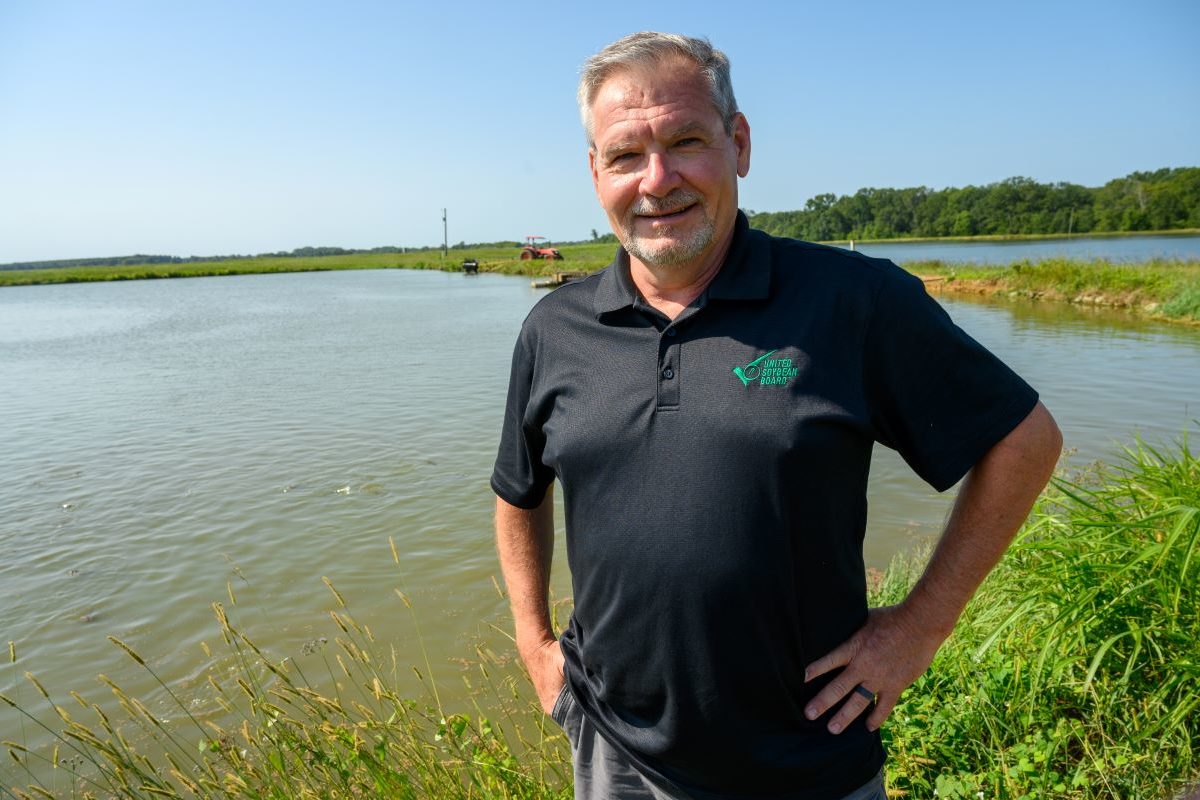Still Planting. Still Growing. Still Farming.
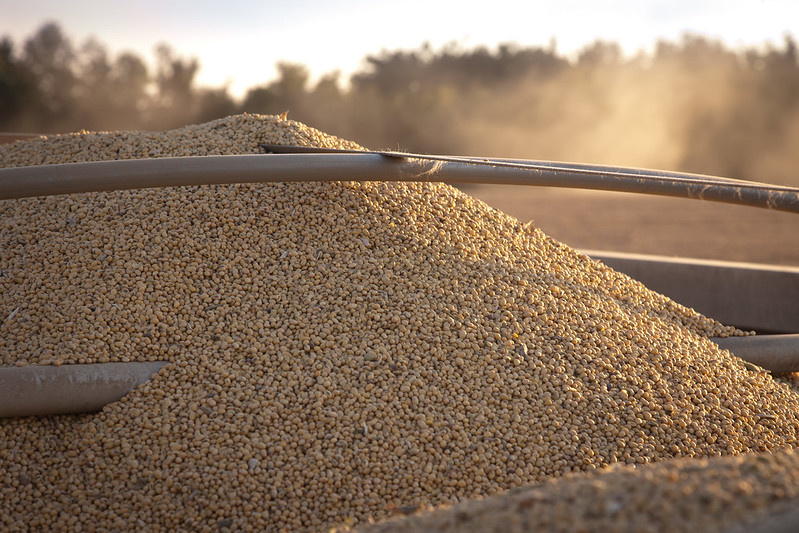
Global food supply chains are complex. The COVID-19 pandemic has undeniably altered their typical movement. While many unknowns remain surrounding how the global health crisis will shape societal and economic outcomes, our nation’s food supply system remains resilient.
In the U.S., our food supply chain relies on three sources: domestic production, storage and imports. The COVID-19 pandemic has presented extraordinary challenges at all levels. But, the key players responsible in our nation’s food supply are responding to make sure supply lines are maintained.
Supply Starts with Farmers
These supply lines are fed by one source — U.S. farmers — the foundation of our food supply system. Although tracking the impact of COVID-19 on our food supply is not available in real-time, consumers can rest assured farmers and the soy community remain vigilant, evolving quickly and responding in new and innovative ways to ease this crisis.
Keith Harris, associate professor in the department of agricultural economics at Kansas State University, believes the soy supply chain is still in strong standing, despite the pandemic. Harris specializes in analyzing the agri-food supply chains within complex networks of differing chain partners and relationships.
“When I look at the soybean food supply chain, I don’t see much of a disruption. Storage of row crops takes less human contact, as does the processing stage. A lot of those areas, where soybeans could have been affected by human contact, aren’t because there isn’t a substantial amount of labor,” Harris said. “The processing and storage plants are running mostly by machinery and equipment.”
Harris notes the supply chain is broad, consisting of crops, livestock, vegetables and fruits plus the production, processing, distribution, transportation, etc., of each. Although some sectors have been severely impacted, especially those with more human interaction, they are learning to adapt quickly and manage with the required changes.
“There are so many aspects that make up the food supply chain and so many links that could cause some level of interruption,” Harris added. “The channels in which soybeans move through the food supply chain may shift, but I don’t anticipate a change in demand for soy. We can thank U.S. soybean farmers for that. They continuously provide support to the robust food supply chain.”
Adapting to Keep Growing
For years, soybean farmers have produced an abundant supply of soybeans, soybean oil and soybean meal for domestic and international use that will help weather these difficult market conditions. Soybeans owe their abundant supply in large part to advancements in sustainable agriculture practices.
Production agriculture has taken large steps forward in sustainability and efficiency. In many cases, soybean farmers have led the charge — and the response to COVID-19 has been no different. Soybean farmers are committed to moving forward with this growing season, utilizing the precautions outlined by food safety regulatory bodies. They will continue providing the highest-quality soy for its customers around the world.
U.S. Soy is working hard to address the issues soybean farmers are facing today and investing in building profit opportunities for the future. To get food from the field to the dinner table, each player in the food supply has responded by making operational adjustments, so supply channels remain open. USB Chair Jim Carroll III from Brinkley, Arkansas, said he is proud the soy checkoff staff, contractors, farmer-leaders and all of the industry’s partners are working harder than ever to support our food supply and farmers through these uncertain times. And, he’s proud that he can do his part by farming safely.
“Because farmers are still farming, our nation’s food supply system remains resilient,” Carroll said.

